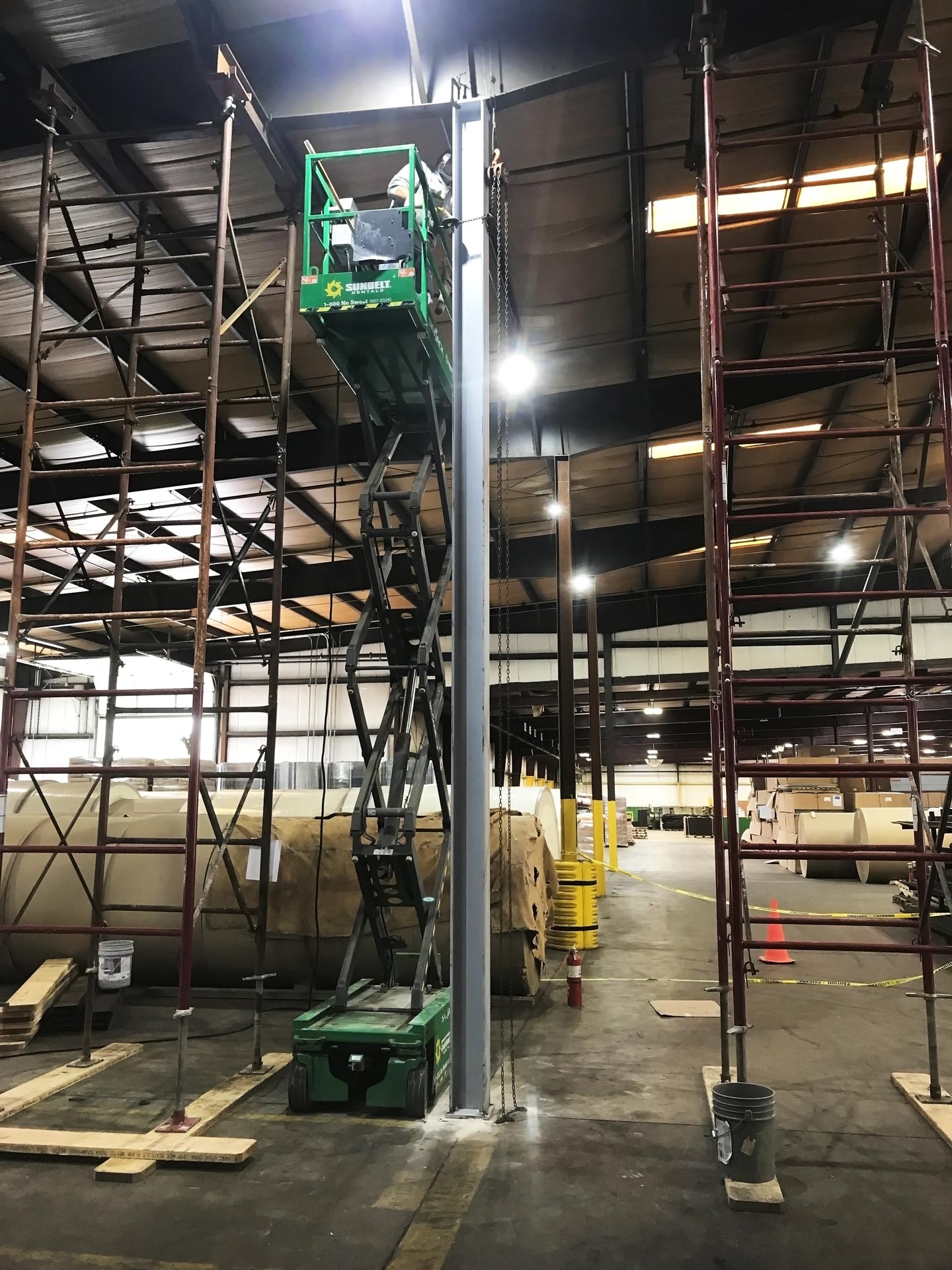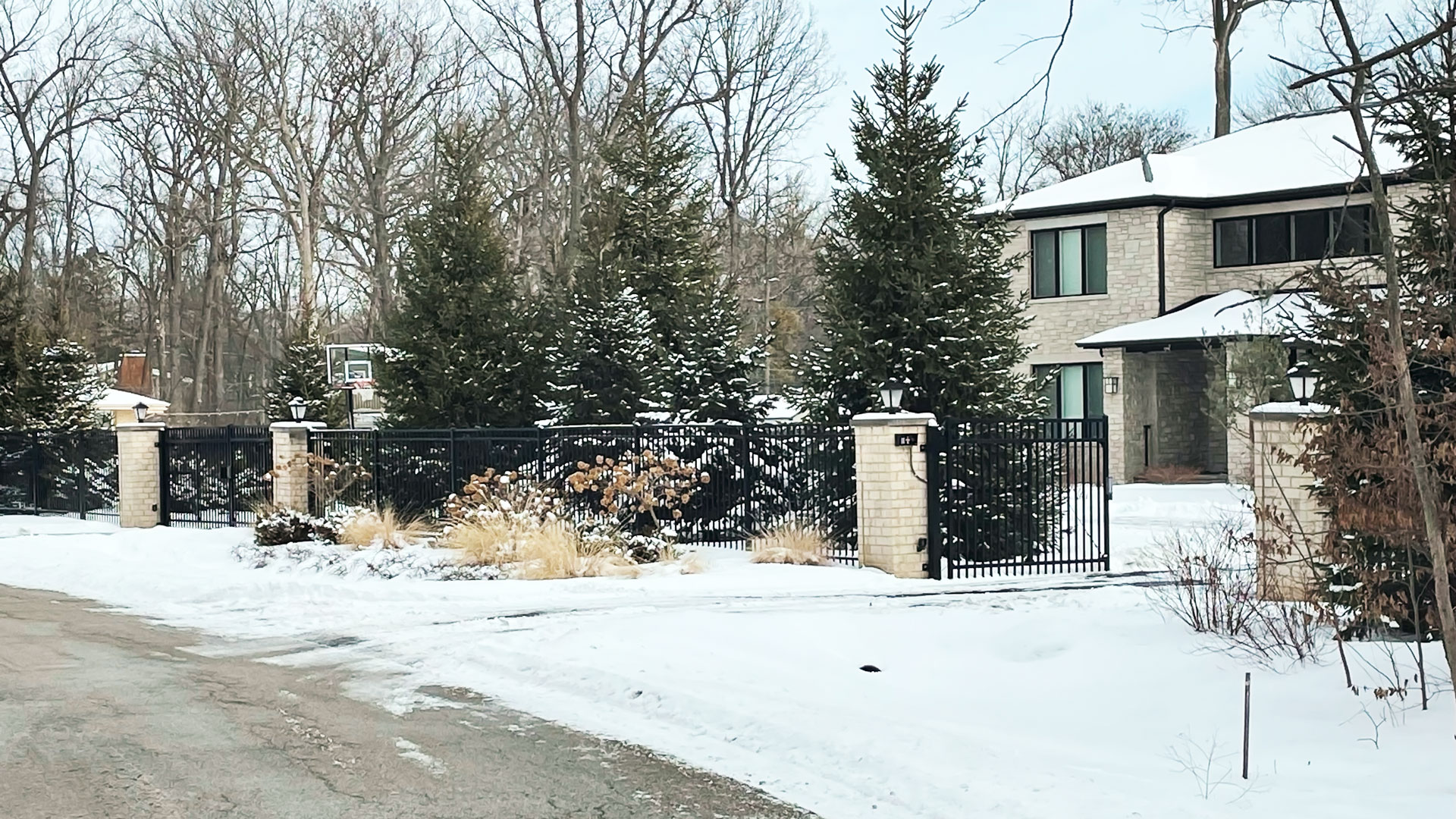
Safeguarding America: Top 10 Commercial Steel Doors in The U.S.
Commercial steel doors are a popular choice in the United States for their durability, security,


Principal - Steel Expert
Structural steel is a popular material used in construction projects because of its strength and durability. It’s often used in high-rise buildings, bridges, and other large structures. Fabrication of structural steel is a complex process that requires skilled professionals and specialized equipment. In this blog, we’ll take a closer look at the fabrication process of structural steel.
The first step in the fabrication process is to design and plan the structure. This involves creating detailed drawings and specifications that outline the dimensions and specifications of the steel components. Engineers use specialized software to create detailed 3D models of the structure, which are then used to guide the fabrication process.
Once the design is finalized, the next step is to prepare the materials. Structural steel typically comes in long, flat pieces called plates, which are then cut and shaped according to the design specifications. Steel plates are typically cut using a plasma or laser cutting machine, which can make precise cuts quickly and efficiently.
The next step is to assemble the steel components. This involves welding or bolting the steel plates together to form the desired shape. Skilled welders use specialized welding techniques to ensure the strength and durability of the welded joints. The assembled components are then checked for accuracy and quality before moving on to the next step.




Commercial steel doors are a popular choice in the United States for their durability, security,

In the industry of steel craftsmanship, there exists a niche that goes beyond mere functionality.

In the world of construction and manufacturing, steel is the backbone of strength and durability.

In the realm of home improvement and security, the installation of steel doors has emerged

Our professionals in steel door installations and maintenance typically follow a systematic approach during inspections
Welcome to Our Blog! Learn from the Experts in Steel Fabrication and Commercial Steel Doors

Commercial steel doors are a popular choice in the United States for their durability, security, and versatility. Several types of commercial steel doors are commonly

In the industry of steel craftsmanship, there exists a niche that goes beyond mere functionality. Ornamental steelwork is a form of art that transforms the

In the world of construction and manufacturing, steel is the backbone of strength and durability. However, the journey from raw steel to a finished, specialized
This website uses cookies so that we can provide you with the best user experience possible. Cookie information is stored in your browser and performs functions such as recognising you when you return to our website and helping our team to understand which sections of the website you find most interesting and useful.
Strictly Necessary Cookie should be enabled at all times so that we can save your preferences for cookie settings.
If you disable this cookie, we will not be able to save your preferences. This means that every time you visit this website you will need to enable or disable cookies again.
This website uses Google Analytics to collect anonymous information such as the number of visitors to the site, and the most popular pages.
Keeping this cookie enabled helps us to improve our website.
Please enable Strictly Necessary Cookies first so that we can save your preferences!